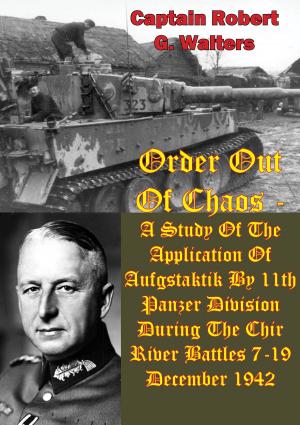Marines In World War II - Okinawa: Victory In The Pacific [Illustrated Edition]
Nonfiction, History, Germany, European General, Military, United States| Author: | Major Chas. S. Nichols Jr. USMC, Henry I. Shaw Jr. | ISBN: | 9781782892892 |
| Publisher: | Verdun Press | Publication: | August 15, 2014 |
| Imprint: | Verdun Press | Language: | English |
| Author: | Major Chas. S. Nichols Jr. USMC, Henry I. Shaw Jr. |
| ISBN: | 9781782892892 |
| Publisher: | Verdun Press |
| Publication: | August 15, 2014 |
| Imprint: | Verdun Press |
| Language: | English |
Contains 86 photos and 42 maps and charts.
The story of part played by the United States Marines in the largest amphibious assault of the entire Pacific War during World War II. The battle lasted an exhausting and bloody 82 days from early April until mid-June 1945. The legendarily tough defence of the Japanese soldiers and citizens was matched by the American troops in the last major campaign that had led all the way from Pearl Harbor to the Home Islands of Japan.
“After a long campaign of island hopping, the Allies were approaching Japan, and planned to use Okinawa, a large island only 340 mi (550 km) away from mainland Japan, as a base for air operations on the planned invasion of Japanese mainland (coded Operation Downfall). Four divisions of the U.S. 10th Army (the 7th, 27th, 77th, and 96th) and two Marine Divisions (the 1st and 6th) fought on the island while the 2nd Marine Division remained as an amphibious reserve and was never brought ashore. The invasion was supported by naval, amphibious, and tactical air forces.
The battle has been referred to as the "typhoon of steel" in English, and tetsu no ame ("rain of steel") or tetsu no bōfū ("violent wind of steel") in Japanese. The nicknames refer to the ferocity of the fighting, the intensity of kamikaze attacks from the Japanese defenders, and to the sheer numbers of Allied ships and armored vehicles that assaulted the island. The battle resulted in the highest number of casualties in the Pacific Theater during World War II. Japan lost over 100,000 soldiers, who were either killed, captured or committed suicide, and the Allies suffered more than 65,000 casualties of all kinds. Simultaneously, tens of thousands of local civilians were killed, wounded, or committed suicide. The atomic bombings of Hiroshima and Nagasaki caused Japan to surrender less than two months after the end of the fighting at Okinawa.”-Wiki
Contains 86 photos and 42 maps and charts.
The story of part played by the United States Marines in the largest amphibious assault of the entire Pacific War during World War II. The battle lasted an exhausting and bloody 82 days from early April until mid-June 1945. The legendarily tough defence of the Japanese soldiers and citizens was matched by the American troops in the last major campaign that had led all the way from Pearl Harbor to the Home Islands of Japan.
“After a long campaign of island hopping, the Allies were approaching Japan, and planned to use Okinawa, a large island only 340 mi (550 km) away from mainland Japan, as a base for air operations on the planned invasion of Japanese mainland (coded Operation Downfall). Four divisions of the U.S. 10th Army (the 7th, 27th, 77th, and 96th) and two Marine Divisions (the 1st and 6th) fought on the island while the 2nd Marine Division remained as an amphibious reserve and was never brought ashore. The invasion was supported by naval, amphibious, and tactical air forces.
The battle has been referred to as the "typhoon of steel" in English, and tetsu no ame ("rain of steel") or tetsu no bōfū ("violent wind of steel") in Japanese. The nicknames refer to the ferocity of the fighting, the intensity of kamikaze attacks from the Japanese defenders, and to the sheer numbers of Allied ships and armored vehicles that assaulted the island. The battle resulted in the highest number of casualties in the Pacific Theater during World War II. Japan lost over 100,000 soldiers, who were either killed, captured or committed suicide, and the Allies suffered more than 65,000 casualties of all kinds. Simultaneously, tens of thousands of local civilians were killed, wounded, or committed suicide. The atomic bombings of Hiroshima and Nagasaki caused Japan to surrender less than two months after the end of the fighting at Okinawa.”-Wiki
![Cover of the book Marines In World War II - Okinawa: Victory In The Pacific [Illustrated Edition] by Major Chas. S. Nichols Jr. USMC, Henry I. Shaw Jr., Verdun Press](https://www.kuoky.com/images/2014/august/500x500/9781782892892-ku83_500x.jpg)
![Cover of the book Lost Victories: The War Memoirs of Hitler's Most Brilliant General [Illustrated Edition] by Major Chas. S. Nichols Jr. USMC, Henry I. Shaw Jr.](https://www.kuoky.com/images/2015/november/300x300/9781786257758-yHGy_300x.jpg)
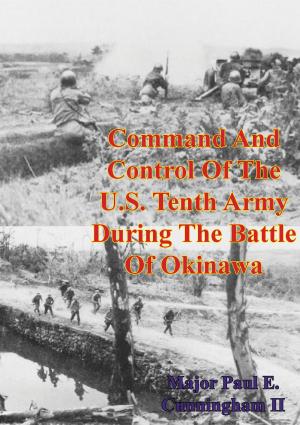
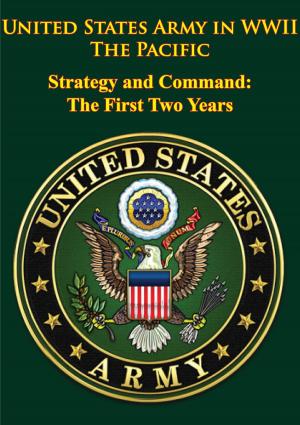
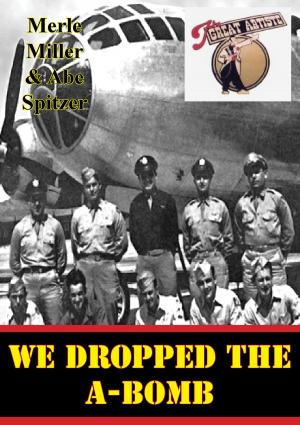
![Cover of the book Marines In World War II - The Guadalcanal Campaign [Illustrated Edition] by Major Chas. S. Nichols Jr. USMC, Henry I. Shaw Jr.](https://www.kuoky.com/images/2014/august/300x300/9781782892809-WOFP_300x.jpg)

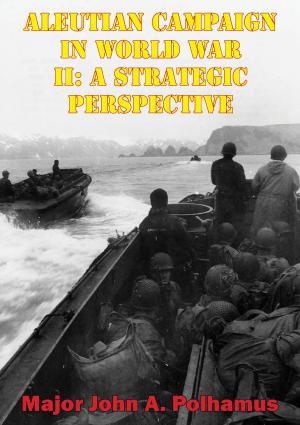

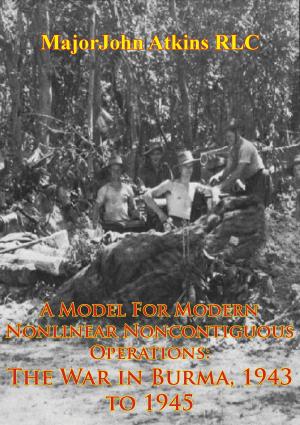
![Cover of the book Attack Transport; The Story Of The U.S.S. Doyen [Illustrated Edition] by Major Chas. S. Nichols Jr. USMC, Henry I. Shaw Jr.](https://www.kuoky.com/images/2015/november/300x300/9781786252630-aDmV_300x.jpg)
![Cover of the book The Official History Of The New Zealand Rifle Brigade [Illustrated Edition] by Major Chas. S. Nichols Jr. USMC, Henry I. Shaw Jr.](https://www.kuoky.com/images/2014/june/300x300/9781782892472-cpR2_300x.jpg)
